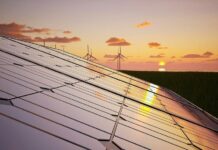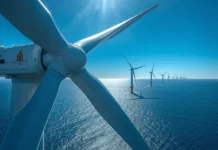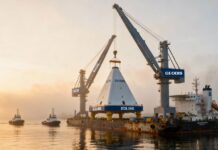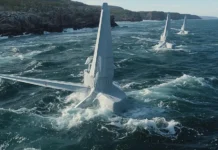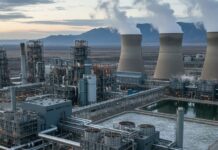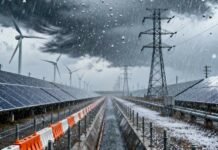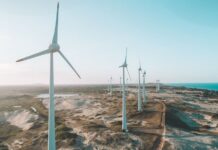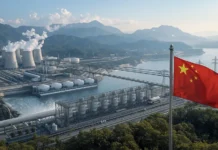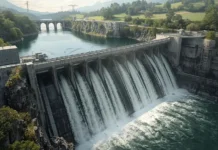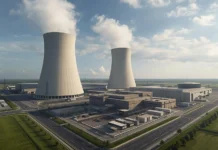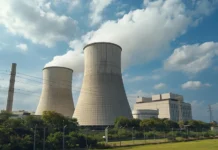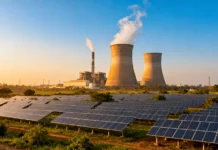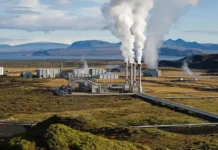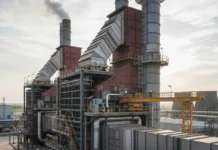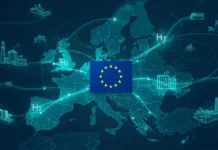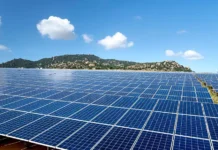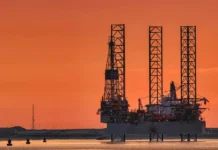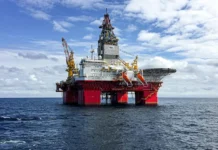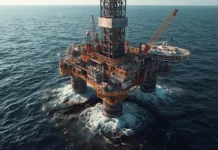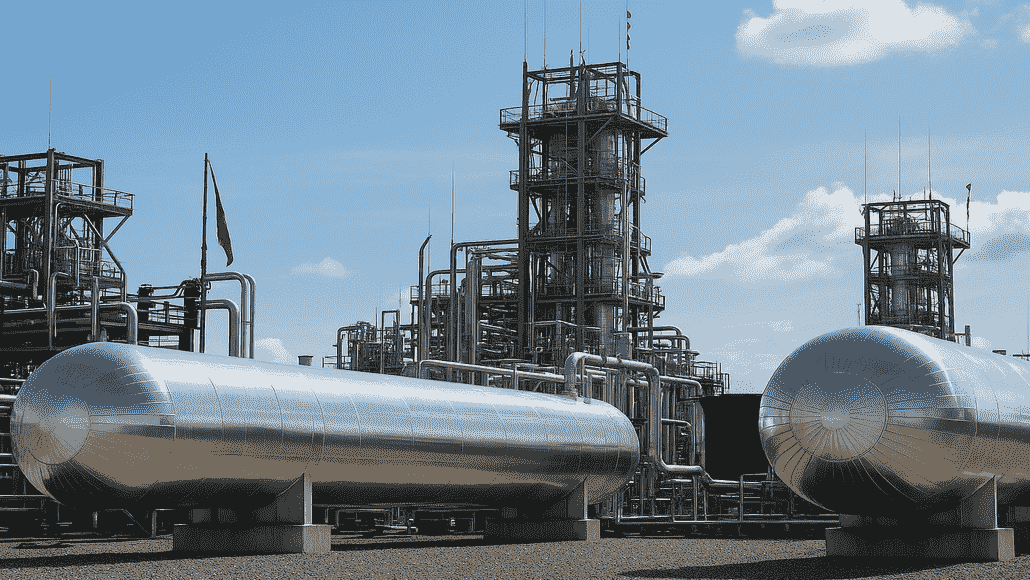The largest green methanol plant in Europe opened in Denmark on May 13, thereby boosting Europe’s emission reduction efforts right from customers who range from shipping giants like Maersk to toy maker Lego and even pharmaceutical firms like Novo Nordisk.
Based in the neighborhood of northern Europe’s biggest solar panel field and also a large transformer station Across the Danish countryside, the site is going to produce e-methanol, which is a synthetic fuel that is made out of renewable energy as well as carbon dioxide.
The site is known as Kasso, which happens to be the third e-methanol plant in operation across the world after locations like the ones in China and the United States, as per the French Bureau of E-Fuels.
European Energies Head of Projects Jaime Casasus-Bribian remarked that their strategy happens to scale up. The next plan will be three times bigger, he confirmed. Apparently, European Energy co-owns the plant with Mitsui, the Japanese firm.
The facility is all set to produce almost 42,000 tons of e-methanol every year, which is equivalent to 50 million liters.
It is well to be noted that the e-methanol is going to serve as fuel for the ships from Maersk, raw materials when it comes to Lego’s colorful plastic bricks, and as a component for insulin injection pens from Novo Nordisk.
Although the plant looks like a milestone for Europe, it is still small on a global scale.
It is well to be noted that Maersk alone will require two million tons of green methanol every year by 2030 if it were to reduce its carbon footprint of the fleet by just 10%, as per its own estimates.
Laura Maersk, which happens to be the company’s first containership to sail on e-methanol, is going to fill up at the neighboring Aabenraa port every three months, which is going to be enough to allow it to sail for a month. Yann Lesestre, one of the authors of international reports on e-fuels, said this is a very encouraging initiative when it comes to the sector’s potential development.
However, at the same time, he said that it was too small to be considered of major significance.
According to him, the feedback coming from the project will indeed be interesting in order to verify the exact functioning of the technology when it comes to commercial scale. Apparently, the project has gone on to receive a €53 million or $59 million subsidy from a Danish green investment fund.
China, the world leader
As per Lesestre’s report, the European e-methanol plant sector comprises 19% of the planned capacity across the world as compared to China, which is 60%. China’s Jiangsu Sailboat site, which has been operational since 2023, goes on to produce 100,000 tons every year.
Denmark, on the other hand, which happens to be a pioneer when it comes to renewable energy, especially wind power, has touted its fast development of the project, thereby opening a plant in less than two years post receiving the construction permit. According to Green Power Denmark association’s Camilla Holbech, who happens to be the head of renewable energies, international corporation, and green transition, it is a really very important stepping stone in the whole shift when it comes to scaling up the production capacity.
She adds that getting into green fuels is very imperative, since in that way, they can decarbonize the sectors that cannot a priori run on the basis of electricity. Citing shipping as an example.
The prominent cost gap within this new industry and the fossil fuel sector goes on to explain the number of smaller-scale projects, she adds.
It is well to be noted that the e-methanol production cost could very well compete with those from the fossil fuels by 2040 if there happens to be a massive investment, as per the report given by Green Power, Denmark.
While the Chinese and US e-methanol plant makes use of recycled carbon, the Danish site uses biogenic carbon, which happens to be a carbon that is found in natural materials like plants, trees, and other forms of biomass. Ethanol happens to be made by mixing biogenic CO₂ as well as green hydrogen, which is itself produced by way of electrolysis and involves splitting water molecules through electric current from the renewable energy sources and, especially in this case, solar power.





